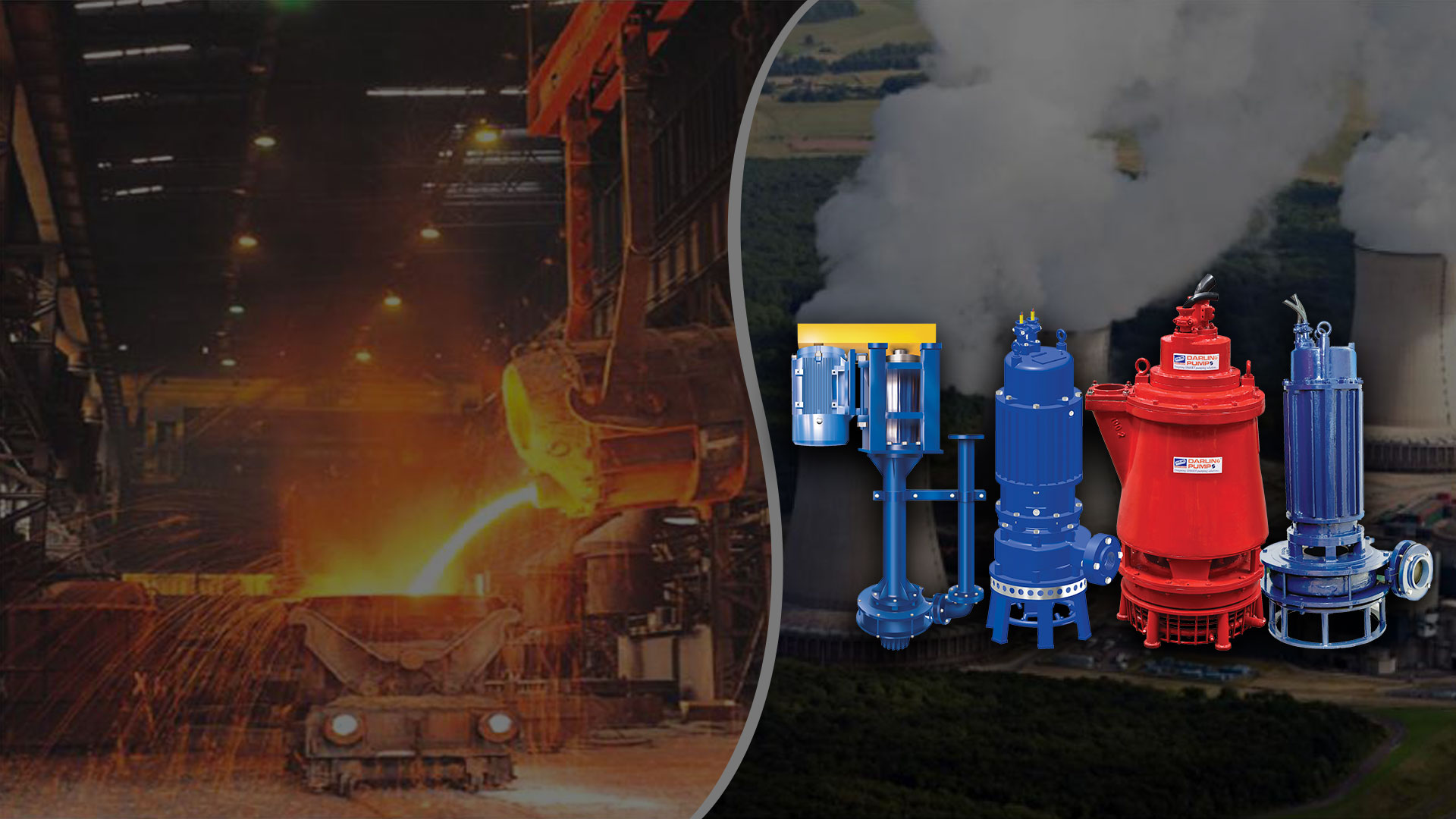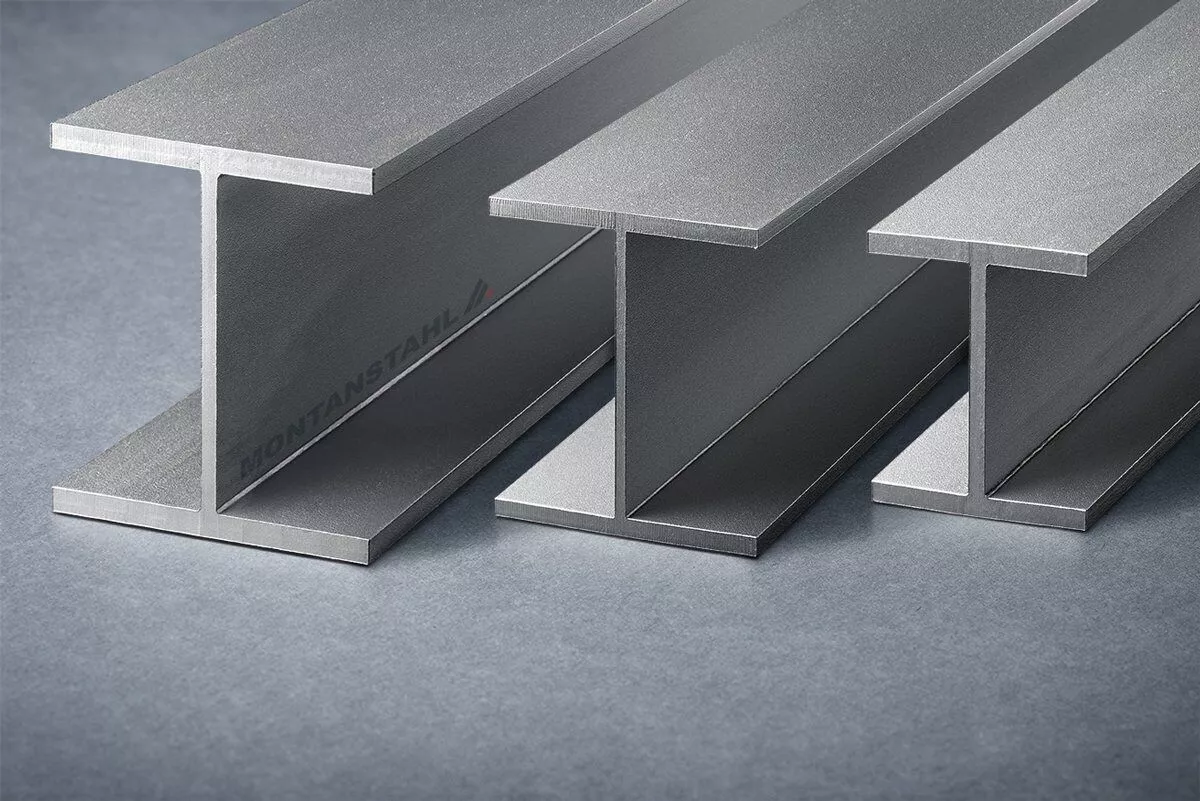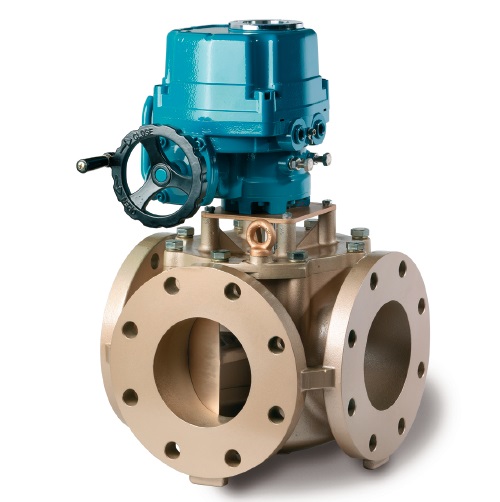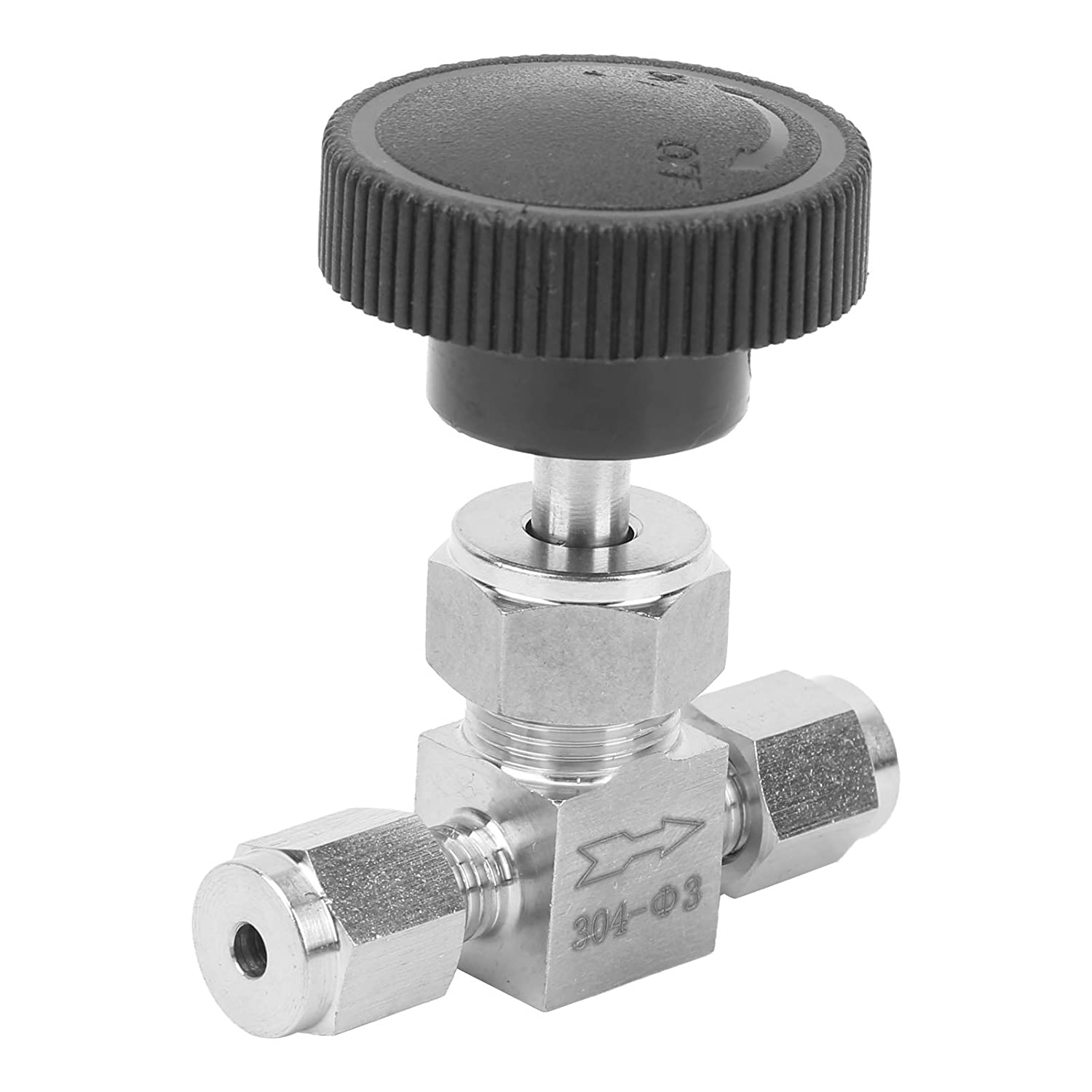Purpose of Pumps : Why Are Pumps and Pumping Systems so Integral and Essential
A pump is a device that moves fluids (liquids or gases) from one place to another. It is used to increase the pressure of the fluid, to overcome resistance in the piping or for other purposes. The main component of a pump is a rotating part, called the impeller, which pushes the fluid through a casing. The impeller is driven by a motor, either electric or mechanical, and the fluid enters the pump through an inlet, is compressed and expelled through an outlet.
Purpose of pumps are various and they are used in a variety of applications, including water and sewage treatment, heating and cooling systems, chemical and petrochemical processing, and many others. The type of pump used depends on the properties of the fluid being pumped, the required flow rate, and the desired pressure. Common types of pumps include centrifugal, positive displacement, and axial flow pumps.
Each type of pump has its own advantages and disadvantages, and the choice of pump is often dependent on the specific application requirements. For example, centrifugal pumps are best suited for high flow rates, while positive displacement pumps are ideal for high-pressure applications. Axial flow pumps are used for large volumes of fluid at low to moderate pressures.
In summary, pumps are essential components in many industrial and domestic applications, and the choice of pump depends on the specific requirements of the application.
Types of Pumps
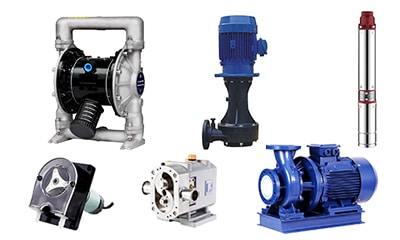
There are several types of pumps commonly used in different applications, including:
- Centrifugal Pumps: These pumps use a rotating impeller to create a centrifugal force that moves fluid through the pump. They are the most common type of pump and are used in a wide range of applications due to their high flow rate and low-pressure capabilities. Centrifugal pumps can be further divided into subtypes, such as radial flow, axial flow, and mixed flow pumps.
- Positive Displacement Pumps: These pumps use a mechanism, such as a piston, plunger, or gear, to trap a fixed amount of fluid and move it through the pump. They are capable of producing high pressures and are commonly used in applications where a constant flow rate is required, such as in water supply systems and chemical processing. Positive displacement pumps can be further divided into subtypes, such as rotary and reciprocating pumps.
- Axial Flow Pumps: These pumps use an impeller with radial blades to move fluid in an axial direction. They are used for high volume, low-pressure applications, such as water supply and flood control.
- Submersible Pumps: These pumps are designed to be immersed in the fluid being pumped. They are commonly used for sewage treatment, flood control, and other applications where the pump is required to be placed inside a tank or well.
- Diaphragm Pumps: These pumps use a flexible diaphragm to move fluid and are often used in applications where a low-pressure, pulsating flow is required, such as in chemical processing and medical equipment.
- Peristaltic Pumps: These pumps use a rotating roller or shoe to compress a flexible tube and move fluid through it. They are commonly used in laboratory and medical applications where the fluid being pumped is sensitive to contamination.
In addition to these types, there are other specialized pumps used in specific applications, such as jet pumps, vortex pumps, and screw pumps. The choice of pump depends on the specific requirements of the application, including the type and properties of the fluid being pumped, the flow rate and pressure requirements, and the operating environment.
Uses and Functions
Pumps have a wide range of uses and functions in various industries and applications. Some of the most common uses. functions and purpose of pumps include:
- Water Supply: Pumps are used to transfer water from wells, lakes, rivers, or other sources to homes, buildings, and industries. They are also used to pump water from one storage tank to another.
- Irrigation: In agriculture, pumps are used to transfer water from a source to fields for irrigation purposes. They are also used to distribute fertilizers and pesticides.
- Sewage Treatment: Pumps are used to transfer waste water and sewage from homes, buildings, and industries to treatment plants. They are also used to transfer sludge and other waste materials within the treatment plant.
- HVAC Systems: In heating, ventilation, and air conditioning systems, pumps are used to transfer fluids such as water, refrigerants, and air. They are also used to circulate coolant in cooling systems.
- Chemical Processing: Pumps are used to transfer chemicals, liquids, and gases in chemical processing industries such as petrochemical, pharmaceutical, and food processing.
- Mining: In the mining industry, pumps are used to transfer minerals, slurry, and other materials. They are also used to dewater mines and control flooding.
- Flood Control: Pumps are used to remove water from flooded areas and prevent further damage.
- Fire Fighting: Pumps are used to transfer water from a source to fire trucks and to transfer water to fire hydrants.
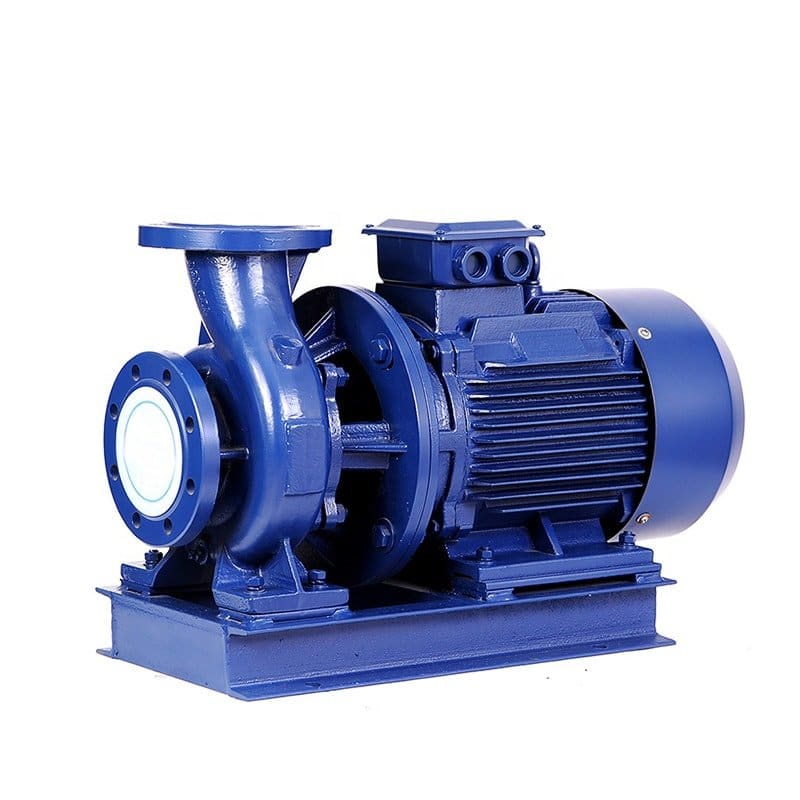
In addition to these uses, pumps have other specialized functions, such as transferring liquids and gases in laboratory settings, powering hydraulic systems, and transferring fuels in gasoline dispensing systems. The specific function of a pump depends on the requirements of the application and the type of pump being used.
Purpose of Pumps
The main purpose of pumps is to move fluids (liquids or gases) from one location to another by increasing the pressure of the fluid. This is accomplished by using a rotating part, such as an impeller, which pushes the fluid through a casing.
Purpose of pumps are various, including:
- Transferring Fluids: The most basic function and purpose of pumps is to transfer fluids from one location to another. This can be done to overcome resistance in the piping, to transport the fluid to a different location, or to provide a source of fluid for a process.
- Increasing Pressure: Pumps are often used to increase the pressure of a fluid in order to overcome resistance in the piping or to deliver the fluid to a higher elevation. This is commonly used in applications such as water supply, irrigation, and sewage treatment.
- Circulating Fluids: In many applications, purpose of pumps is to circulate fluids, such as water in heating and cooling systems or refrigerants in air conditioning systems. This helps to distribute heat or cool air to the desired location.
- Mixing Fluids: Pumps can be used to mix two or more fluids, either by creating turbulence in the fluid or by using a specialized mixing impeller. This is commonly used in chemical processing and food and beverage applications.
- Providing Flow: Another purpose of pumps is to provide a flow of fluid to a process or system. This can be done by using a pump to provide a constant flow rate, or by using a pump to regulate the flow of fluid to meet the demands of the process.
- Generating Power: In some applications, purpose of pumps is to generate power. This is commonly done in hydroelectric power plants, where water is pumped to a higher elevation and then allowed to flow back through a turbine to generate electricity.
In conclusion, the purpose of pumps is to transfer, increase pressure, circulate, mix, provide flow, and generate power for fluids. The specific purpose of pumps depends on the requirements of the application, and the choice of pump is often dependent on the properties of the fluid being pumped, the desired flow rate and pressure, and the operating environment.
Pumping Systems
A pumping system refers to a combination of components, including pumps, pipes, valves, and control systems, used to transfer and control the flow of fluids (liquids or gases) from one location to another.
There are several components that make up a pumping system, including:
- Pump: The pump is the core component of the pumping system. It is responsible for increasing the pressure of the fluid and transferring it from one location to another.
- Piping: The piping system is responsible for transporting the fluid from the source to the pump and from the pump to the destination. Piping can be made from a variety of materials, including steel, plastic, and rubber, depending on the properties of the fluid being pumped and the operating conditions.
- Valves: Valves are used to control the flow of fluid in the piping system. They can be used to control the flow rate, direction, or pressure of the fluid.
- Control Systems: Control systems are used to monitor and control the operation of the pumping system. They can include sensors to measure fluid levels, pressure, and temperature, and actuators to control the operation of the valves.
- Motors: Motors are used to drive the pump and provide the necessary energy to transfer the fluid. Motors can be electric, hydraulic, or pneumatic, depending on the requirements of the application.

There are several types of pumping systems, including:
- Centrifugal Pumps: Centrifugal pumps are the most common type of pump used in pumping systems. They use an impeller to transfer the fluid by creating centrifugal force.
- Positive Displacement Pumps: Positive displacement pumps use mechanical means, such as a piston or a rotary element, to transfer the fluid. They are often used in applications where a constant flow rate is required.
- Multistage Pumps: Multistage pumps are used in applications where a high pressure is required. They consist of multiple stages, each of which increases the pressure of the fluid.
- Submersible Pumps: Submersible pumps are used in applications where the pump must be immersed in the fluid being pumped. They are commonly used in wells and other underground applications.
In conclusion, pumping systems are used to transfer and control the flow of fluids from one location to another. They consist of several components, including pumps, piping, valves, control systems, and motors, and are used in a variety of applications, including water supply, irrigation, sewage treatment, HVAC systems, chemical processing, mining, flood control, and fire fighting.
Conclusion
In conclusion, pumps are mechanical devices used to transfer fluids (liquids or gases) from one location to another by increasing the pressure of the fluid. There are several types of pumps, including centrifugal pumps, positive displacement pumps, multistage pumps, and submersible pumps, each of which is designed for specific applications based on the properties of the fluid being pumped and the desired flow rate and pressure.
Pumping systems are combinations of pumps, piping, valves, control systems, and motors used to transfer and control the flow of fluids. The purpose of pumps and pumping systems can vary from transferring fluids, increasing pressure, circulating fluids, mixing fluids, providing flow, and generating power, and the choice of pump and pumping system is dependent on the requirements of the specific application.


